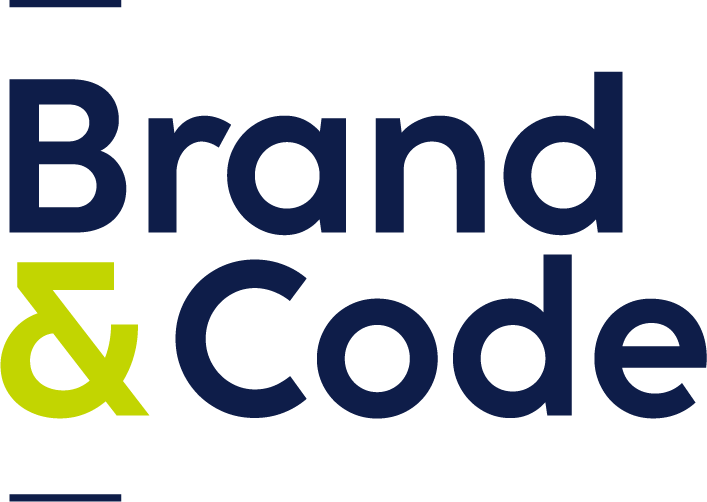How To Write Your Design Brief
When planning a project, on whatever scale, a design brief allows you to identify the direction, image and core details of it, ensuring that everyone working on it is on the same page. The design brief is one of the most powerful tools for companies. It can influence design decisions and guide a project from its initial conception to its completion.
Having a design brief ensures that there is no miscommunication between client and company. This means that you reduce the risk of unnecessary revisions and complaints that the final product doesn’t match your or your client’s vision.
A successful design brief provides designers with the expectations of the client, as well as budgeting time and money, and underlining the do’s and don’ts attached to the project.
What Should You Include In A Design Brief?
While design briefs come in different shapes and sizes, depending on the project itself, but most briefs follow a particular template to ensure their success.
1. Company profile
Making sure that your designers are very familiar with your client and their brand is important, so include a company profile detailing their company information, mission statement, their competitors and so on. The target audience of the client should also be stressed; this ensures that the design correlates.
2. Project overview and objectives
In this section of your plan, you should provide your designers with a detailed description of the project, ensuring that you meet the client’s needs for the project. Finding out what your client is looking for from you is key, so learning their objectives before putting together your design brief will help you out considerably.
Establishing these goals and objectives before starting your project ensures that you make the most informed decisions for meeting these goals. What you want your project to look like, in terms of dimensions, themes and colour schemes should also be included in the design brief.
3. Budget and schedule
Sticking to a budget and a time schedule can be difficult and particularly where money is concerned, having a budget well and truly established before design starts is key to avoiding any uncomfortable situations further down the line. Discuss whether you’re going to be regularly checking in with your client as the project progresses or whether they want to receive your work at completion. Every client is different and has different preferences; find out what your clients are and stick to it.
While a design brief may well seem like hard work, ensuring that your vision matches your clients is important and makes the process a lot easier in the long run. Fail to prepare, prepare to fail.
